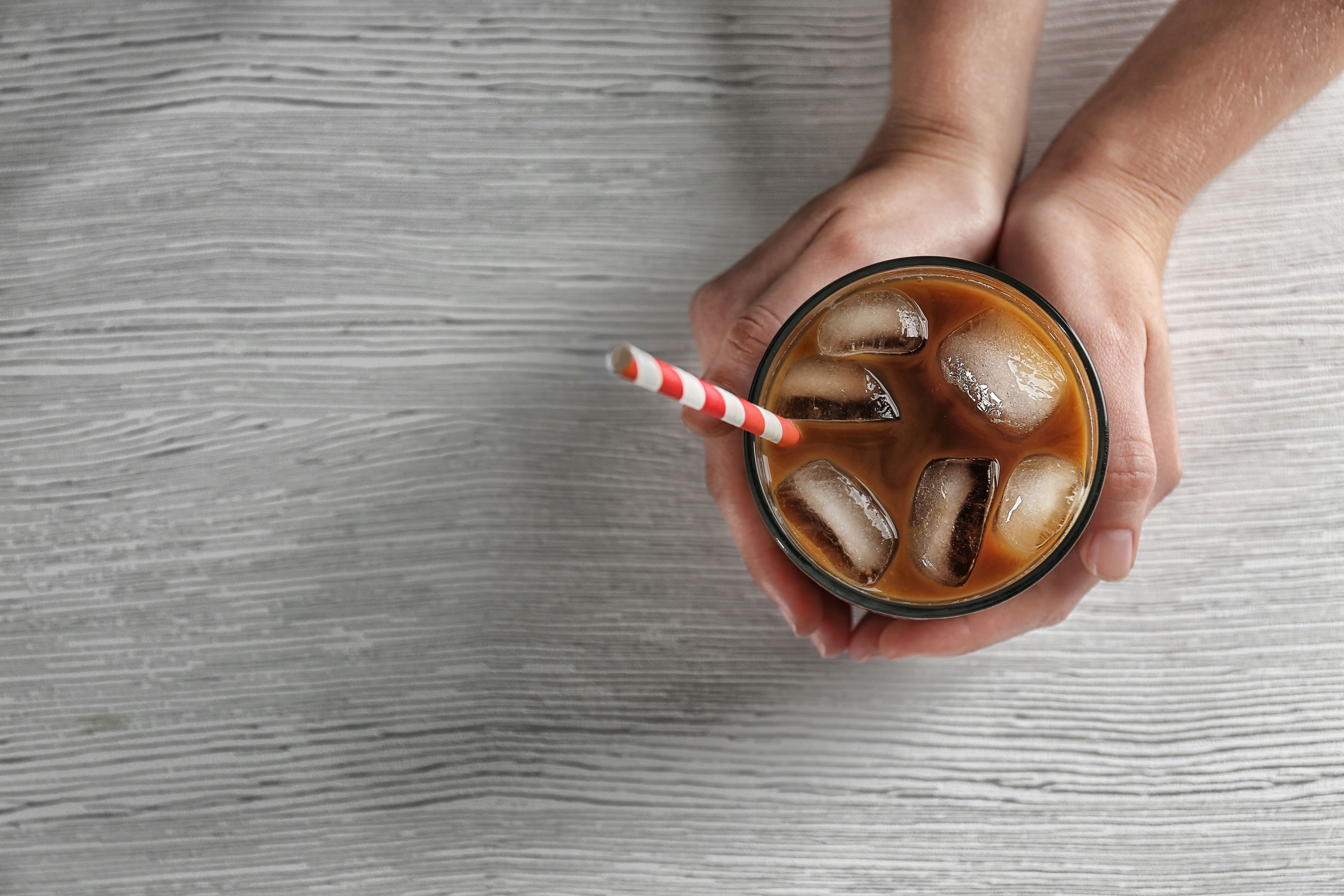-
-

FLUORIDE
What Is Stannous Fluoride Toothpaste?Discover what is Stannous Fluoride Toothpaste and its importance to prevent cavities and other oral health problems.

TEETH WHITENING
Whitening toothpaste - hydrogen peroxide vs. carbamide peroxideIf you lose one or more of your front teeth due to injury or decay, you may feel ...
-
Science & InnovationOral Health Commitment
- Oral Health Commitment
- Bright Smiles, Bright Futures
- Educational Resources
- Mobile Dental Van
- Volunteer
- ORAL HEALTH CHECK
- PRODUCT MATCH
- Oral Health and Dental Care | Colgate®
- Oral Health
- Chew On This: Ice Crunching And Your Teeth


Mindlessly chewing ice is an incredibly common habit, especially during hot summer months. Unfortunately, just like many other hard foods, ice can damage teeth, enamel, and gums. You have probably heard that you should skip the ice chewing, but is it so easy to give up an entrenched habit? We know it’s not. Here’s what we should know about how chewing ice can damage your teeth and a few alternatives so you can still get your fix.
Why Is Chewing on Ice Bad for Your Teeth?
Chewing on ice can cause dental damage like cracked or chipped teeth. It can also damage your enamel, causing increased sensitivity to hot and cold and leaving you more prone to tooth decay and cavities. Chewing ice can create even further problems by damaging existing dental work like fillings, crowns, and veneers, to top it off. So, yeah, eating ice probably isn’t the best habit. But what can you do instead?
Alternatives to Chewing on Ice
If you love chewing on ice and need some ideas to shake the habit, try some of these tricks.
- Make It Melt. Instead of crunching your way through a glass of frosty cubes, try letting them melt in your mouth slowly. You’ll still get that satisfying refreshment from the ice, and it will last longer than just chewing the entire glass.
- Skip the temptation. When you’re at a restaurant, try skipping ice in beverages altogether, and remove the temptation to chew. By skipping the ice in restaurants, you could also be avoiding a certain amount of filth. Ice makers are notoriously tricky to clean and can be havens for bacteria.
- Switch to Slush. You can also try replacing your regular cubes with softer types of ice. Go for shaved ice, slushies, or even “soft” ice, also known as nugget ice, which is slushier than the regular stuff.
- Look for an underlying cause. If you find ice crunching impossible to resist, tell your dentist. Craving and chewing ice can be related to iron deficiency, and an iron supplement could help.
- Crunch Switch. The cooling sensation of chewing on ice is great, but so is the crunching feeling. When you feel the need to crunch away, go for carrot sticks, cucumber slices, or apple slices instead — anything nice and crisp. There’s an additional benefit to crunching up crisp fruits and vegetables, too. All that chewing of fibrous material will stimulate saliva production, which acts as a natural mouthwash — and the particles of fiber will help scrub your teeth.
Chewing on ice is a common habit that can create a lot of problems for your oral health. We know that quitting can be challenging, but so are you. Try out the alternatives to ice chewing and see if they do the trick. If you need further assistance, talk to your dentist about how you can make the change.
Oral Care Center articles are reviewed by an oral health medical professional. This information is for educational purposes only. This content is not intended to be a substitute for professional medical advice, diagnosis or treatment. Always seek the advice of your dentist, physician or other qualified healthcare provider.
Related Articles

Adult Oral Care
3 Teeth Replacement Options: What's Right For You?Don't know what to do about a lost tooth? Knowing all your teeth replacement options will help get your smile up and running again. Find out more, here.

Adult Oral Care
What Are The Different Parts Of A Tooth?What are the different parts of a tooth? Learn about the types of teeth that make up your smile and the different parts of a tooth at Colgate® Oral Care.

Adult Oral Care
Periodontal Disease and Pregnancy: What's the Connection?There is a link between periodontal disease and pregnancy. Here's what expecting mothers should know to maintain optimal oral health.

Adult Oral Care
Toothpaste on Burns: Does This Home Remedy Work?Is putting toothpaste on burns ever a good idea? Here's why you might want to rethink a popular home remedy and burn treatment and learn more.
Related Products

Esse enxaguante bucal multibenefício Colgate Total 12 Carvão Ativado apoia as defesas naturais da sua boca com o zinco. Ele também ajuda a manter os dentes mais brancos, além de combater germes e bactérias para uma limpeza total por até 12 horas.

Colgate Total Alcohol Free* Gum Health Mouthwash delivers 24-hour protection** against bacteria and also helps prevent gum problems

Colgate Total Fresh Mint Toothpaste fights bacteria, the root cause of many oral health issues such as gingivitis, tartar, sensitivity, weak enamel, bad breath, and cavities.

Formulated with Fluoride and with a great mint taste, Colgate Cavity Protection Toothpaste cleans thoroughly, strengthens teeth, and fights cavities.

Helping dental professionals
More professionals across the world trust Colgate. Find resources, products, and information to give your patients a healthier future




